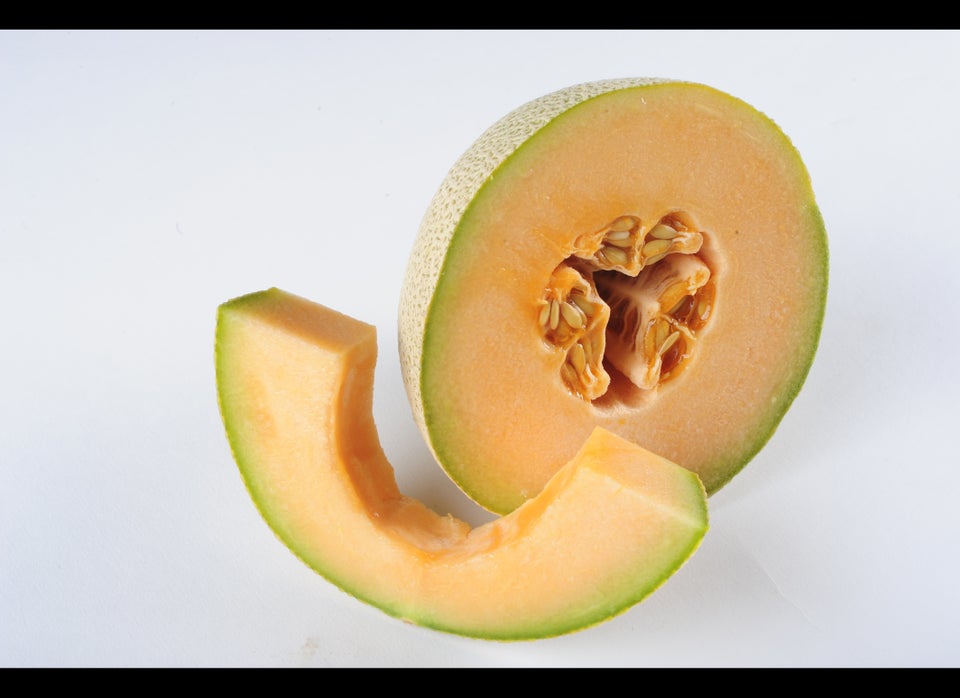
We all like the idea of aging gracefully, but no one wants to look 70 when they're 50. That's why the state of your skin is so important, because it can be a dead giveaway when it comes to your age.
But there's good news when it comes to aging skin. Researchers at the University of Sheffield in Britain say they have uncovered the secret to the fountain of youth: the awakening of "sleeping" stem cells in the skin.
The research -– conducted in collaboration with The Procter & Gamble Company (P&G) and published in Nature Scientific Reports -– could pave the way for the development of better treatments to fight wrinkles and perhaps even skin cancer.
(Full disclosure: Procter & Gamble manufactures skin care products under the brand name Olay.)
Researchers say they made the discovery after developing a computer model of human skin biology that captured how the outer layers of the skin are developed and maintained over time. The virtual skin was then used to test various popular theories of how skin cells function to regenerate our skin over a three-year period. In the end, though, only one theory allowed the virtual skin to fully generate after three years.
"The theory which seems to fit best says that skin has a population of ‘sleeping’ stem cells, which sit in the lowest layer of the skin but don’t constantly divide to make new cells,” said Dr. Xinshan Li, one of the lead researchers, in a press release. “However, these sleeping cells can be called into action if the skin is damaged, or if the numbers of other types of more mature skin cells decrease, ensuring that the skin can be constantly regenerated under all conditions."
The model showed that we gradually lose these sleeping stem cells over time -– which would explain why our ability to regenerate our skin diminishes as we age.
"Each time we wake up these cells, to heal a wound or replenish stocks of other cells, a few of them don’t go back into sleep mode, so the population slowly reduces," Li said in a press release. "This explains why older skin is slower to heal and in part why our skin changes as we age. By understanding this mechanism better, it might be possible to find ways to combat the effects of aging on our skin."
The ability to follow virtual skin models over decades may be especially key to skin cancer research. Environmental damage caused by factors such as sun exposure can cause sleeping cells to harbor the mutations that cause skin cancers such as basal cell carcinoma, a very aggressive type of skin cancer.
"The stem cells can harbor mutations over years, but with no effect if they’re still in sleep mode," Li said in a press release. “However, when they start to divide to heal a wound for example, this could trigger the cancer. If it’s possible to study this phenomenon over long periods of time it may be possible to find ways to prevent the activation of mutated cells and so reduce the risk of developing the disease."
In recent years, there have been many studies designed to find ways to slow skin aging. One recent study out of Australia found that people who applied a daily dollop of sunscreen had fewer wrinkles on their skin than those who didn't use sunscreen regularly.
What do you use on your skin? Let us know in comments.
